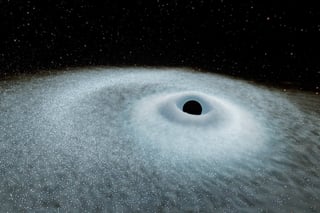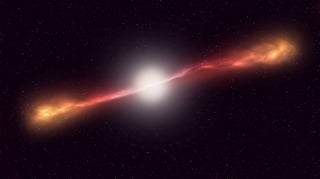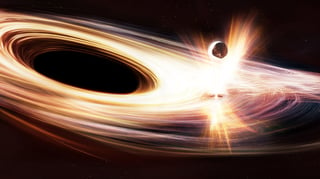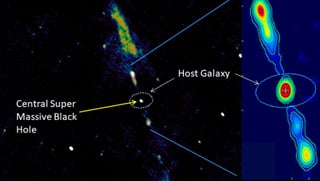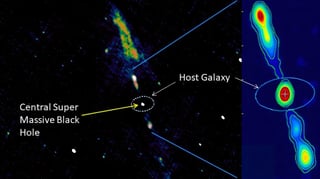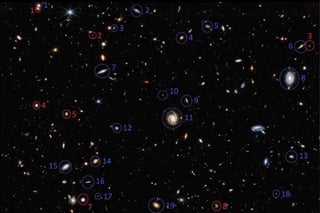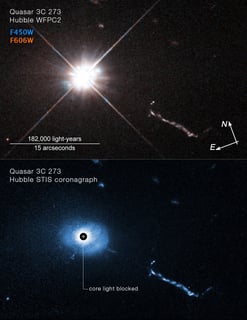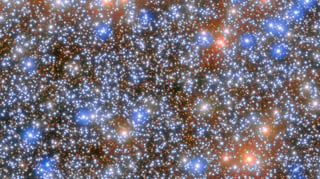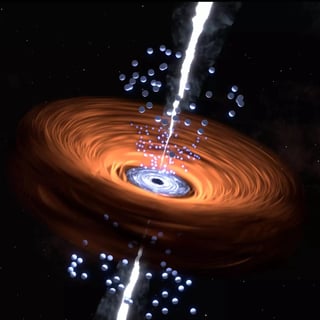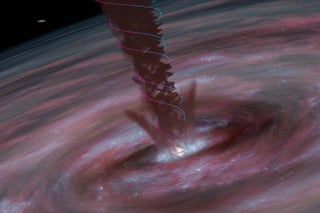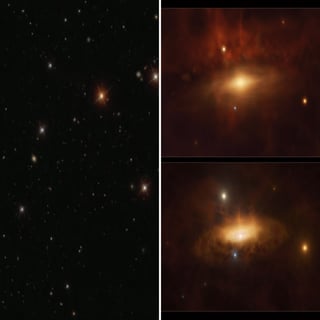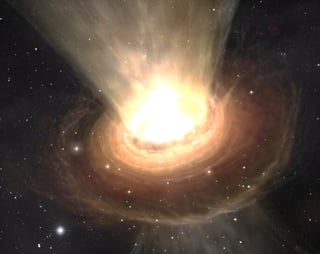Science ❯Astronomy ❯Black Holes
Sagittarius A* Quasars Tidal Disruption Events Formation Early Universe Black Hole Growth Accretion Disks Formation Theories M87* Event Horizon Telescope Characteristics Galactic Black Holes Galaxy Formation Formation of Supermassive Black Holes Active Supermassive Black Holes Binary Black Holes Binary Supermassive Black Holes Galactic Centers Active Galactic Nuclei Black Hole Mergers Formation of Black Holes Feeding Habits J0529-4351 Growth of Supermassive Black Holes Research Implications Star Cluster Formation Event Horizons Galaxy Mergers Formation Mechanisms Gravitational Wave Emission Energy Production Feeding Mechanisms Observations Cosmology Galaxies J2345-0449 Black Hole Density Profiles Jet Formation Cosmic Horseshoe Growth Oldest Black Hole Black Hole Mass NGC 4945 Observations of Supermassive Black Holes Oldest Supermassive Black Hole Activity of Supermassive Black Holes Black Hole Formation 13-Billion-Year-Old Black Hole Ancient Black Holes Feeding Black Holes Feeding Habits of Supermassive Black Holes GN-z11 Black Hole Growth and Evolution Research Collaboration M87 Black Hole M87 Supermassive Black Hole GN-z11 Merger Detection Star Consumption Dust Absorption Markarian 817 Black Holes in Other Galaxies Black Hole Accretion Disk Spacetime Warping Rotation Speed Energy Extraction Early Galaxies Size Comparison Accretion Processes Fastest Black Hole Quasar J0529-4351 Spin Measurement Brightest Black Hole Record-breaking Supermassive Black Hole Black Hole Eruptions Growth Rate Early Universe Objects Red Supermassive Black Holes Growth Mechanism Binary Black Hole Systems Mass in Black Hole Mergers Binary Black Hole System Properties Black Hole Pair Black Hole Accretion GN-z11 Hosting Black Hole Little Red Dots Research Findings Variability Identification Spectral Analysis Mapping Compact Symmetric Objects (CSOs) M87* Galaxy Sgr A* Interaction with Smaller Black Holes Behavior Gravity Behavior of Supermassive Black Holes Orbiting Black Holes
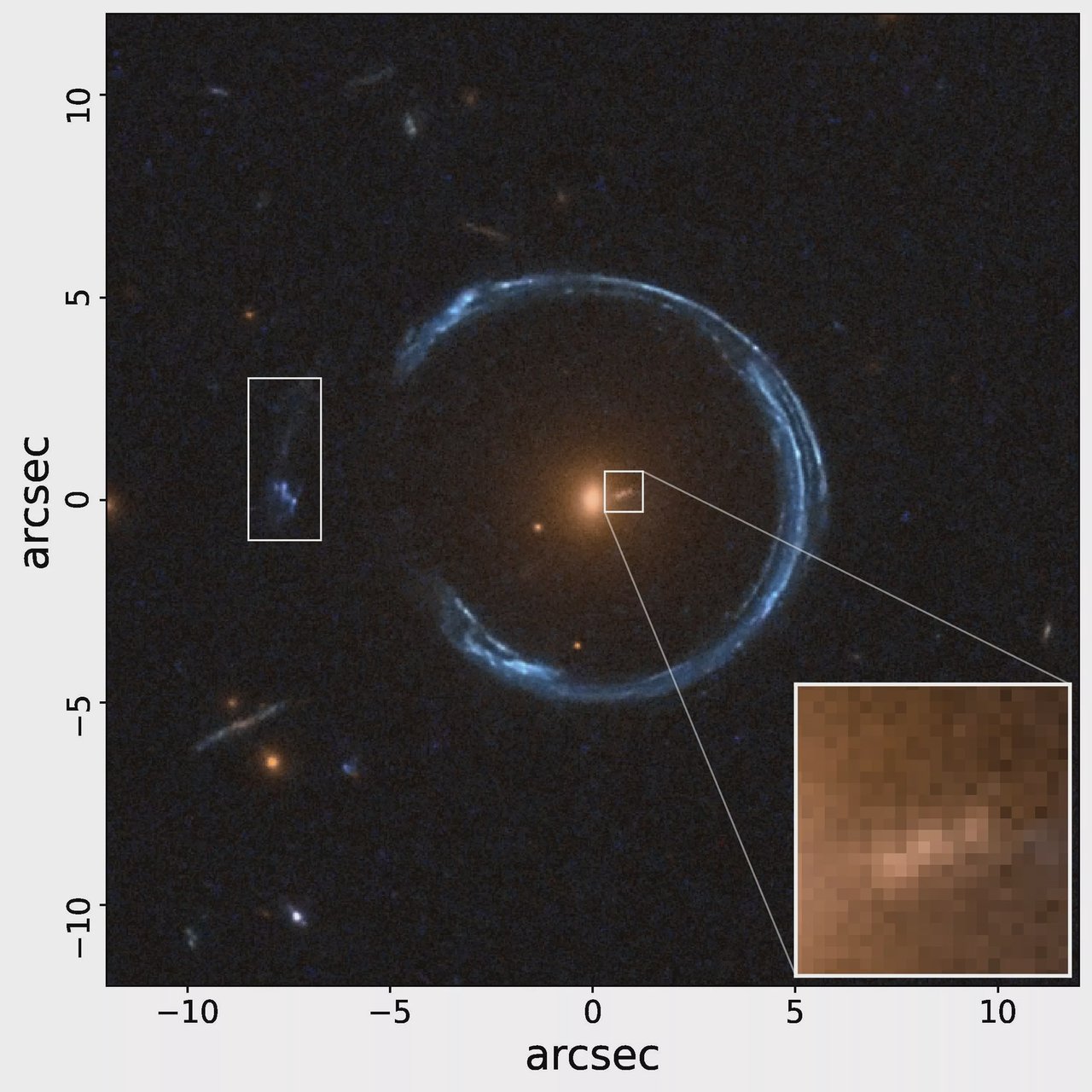
A paper in MNRAS presents a record 36-billion-solar-mass estimate using a dual gravitational technique that can reveal dormant giants across the universe

